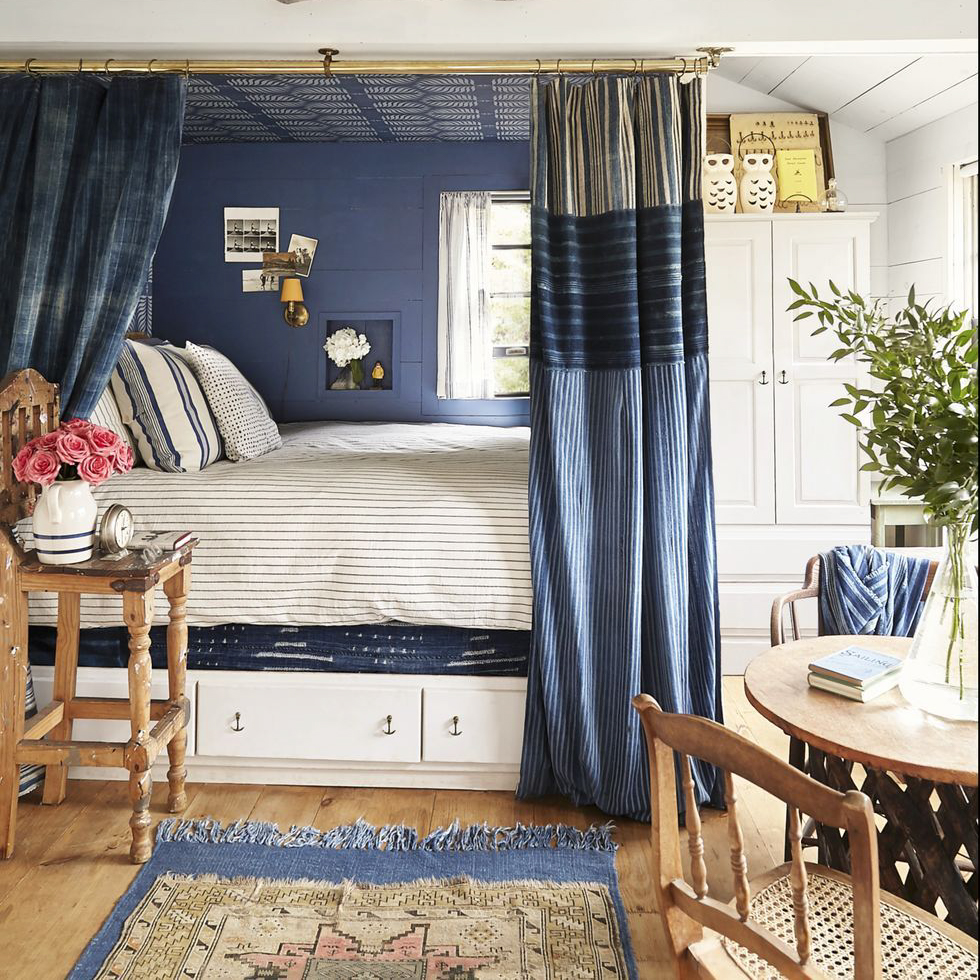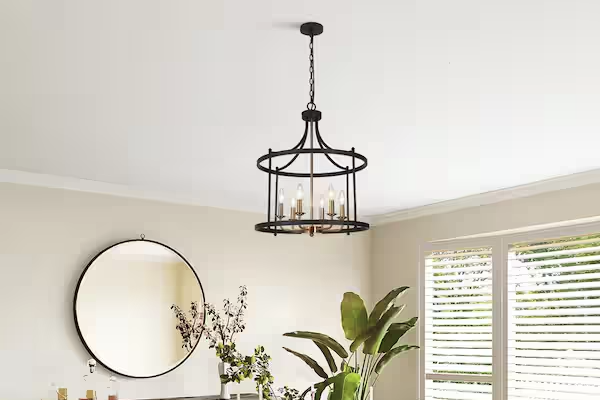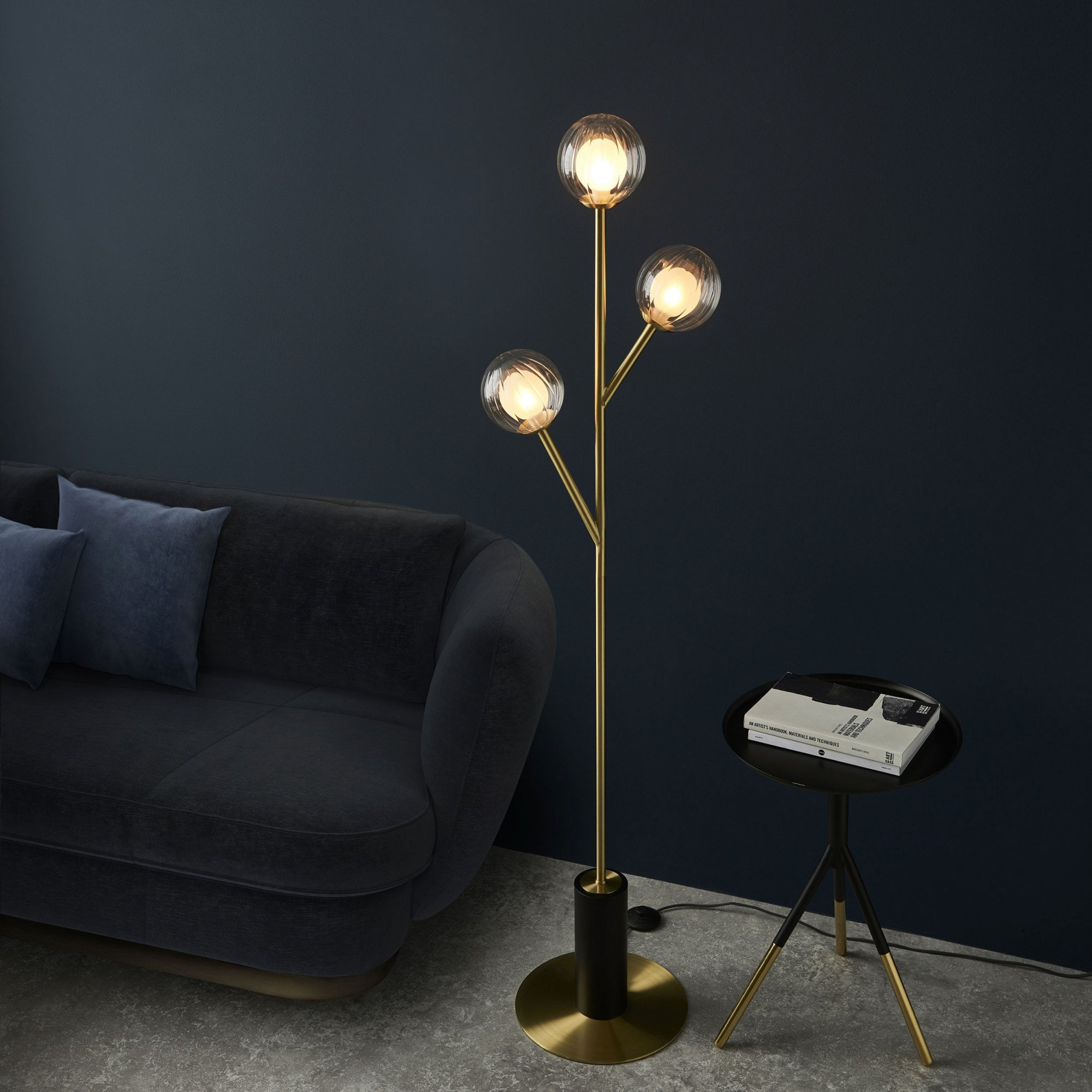Introduction
Ceiling pendants are an often-overlooked element in home and commercial design. However, these fixtures can play a significant role in setting the entire tone and aesthetic of a space. With new designs and technology, ceiling pendants have evolved from traditional lighting sources to become works of art in their own right.
History of Ceiling Pendants
Ceiling pendants have been in use for centuries, with the earliest examples being found in ancient temples and Roman villas. In traditional homes, they were often made of glass and hung in the center of rooms, serving as a grand centerpiece for the space. They were also used in grand estates and palaces, illuminating grand ballrooms and dining halls.
In the 19th century, gas lighting became popular, and chandeliers and ceiling pendants took on new looks and designs. Advances in electrical technology in the 20th century led to the emergence of new lighting forms, including pendant lights that are both stylish and functional.
Design Considerations
When choosing a ceiling pendant, it’s essential to consider the design of the space it will be installed in. The size, height, and style must fit the room’s existing décor to create a cohesive look without overpowering the space.
For high ceilings, an oversized pendant can make a statement, while a small pendant is more suitable for low ceilings. Pendant light fixtures with adjustable cables, rods, or chains can accommodate various ceiling heights.
Even the pendant’s material and color should be chosen carefully, taking the room’s décor and color scheme into account. Glass or crystal pendants, for example, can add sparkle and elegance to a room, while metal or wood can give a more rustic or industrial look.
Types of Ceiling Pendants
Ceiling pendants come in numerous styles, shapes, and sizes. Some popular types include:
Bowl Pendants
Bowl pendants feature a rounded or bowl-shaped shade that covers the bulb, offering a softer, less direct light.
Drum Pendants
Drum pendants feature a cylindrical or drum-shaped shade, casting a more subdued and subtle light. These are perfect for creating a comfortable and inviting atmosphere.
Cluster Pendants
Cluster pendants have multiple lights or bulbs attached to a single fixture, making them suitable for larger spaces. They can come in various shapes and styles, such as circular, square, or rectangular.
Installation and Maintenance
Installing ceiling pendants requires professional help to ensure that the electrical connections and mounting are done correctly. Regular maintenance is crucial to protect the fixture’s finish, including dusting the shade and wiping down the fixture’s base.
Ceiling pendants are an integral part of home and commercial lighting solutions. With their versatile design options and ability to create a statement, it is clear why they’ve been used for centuries. By considering the design and specific needs of your space, you can elevate your space’s look and feel with a stunning ceiling pendant.




